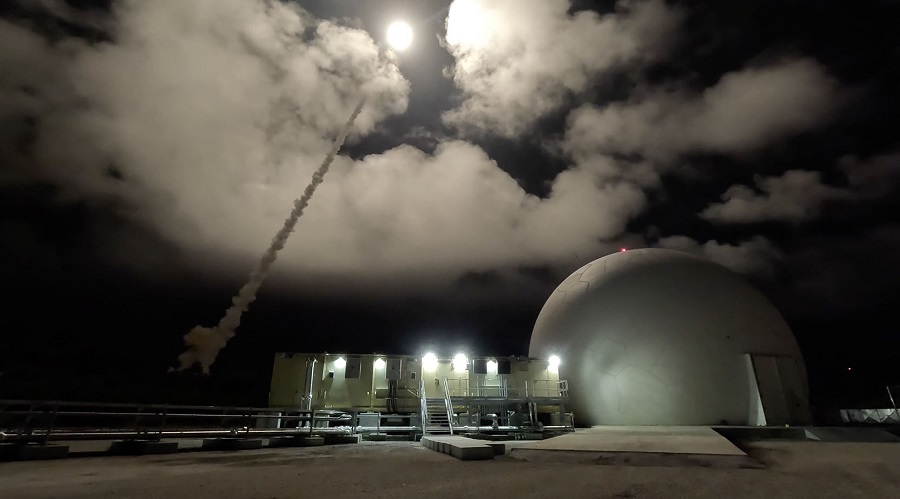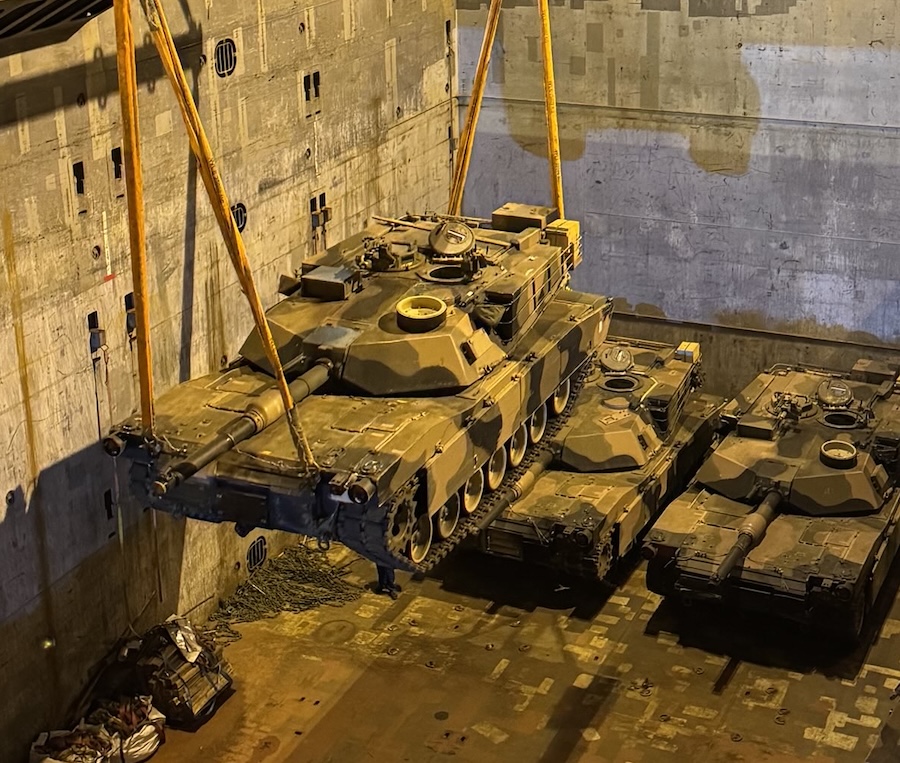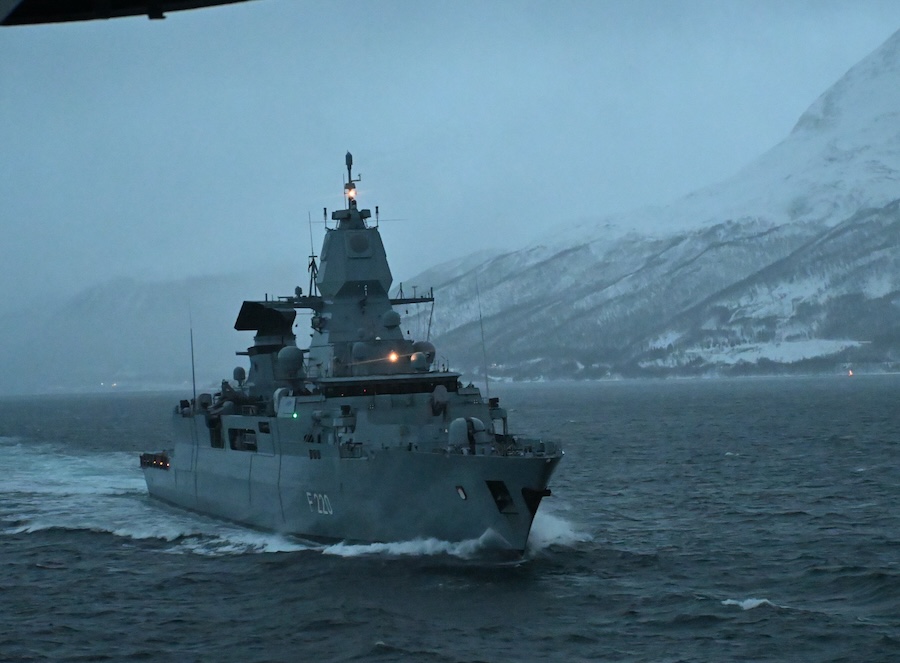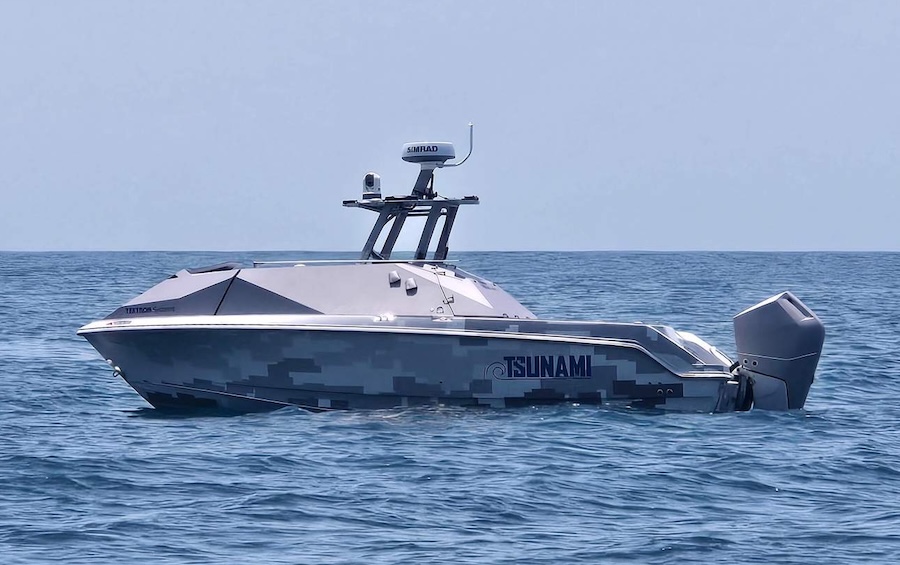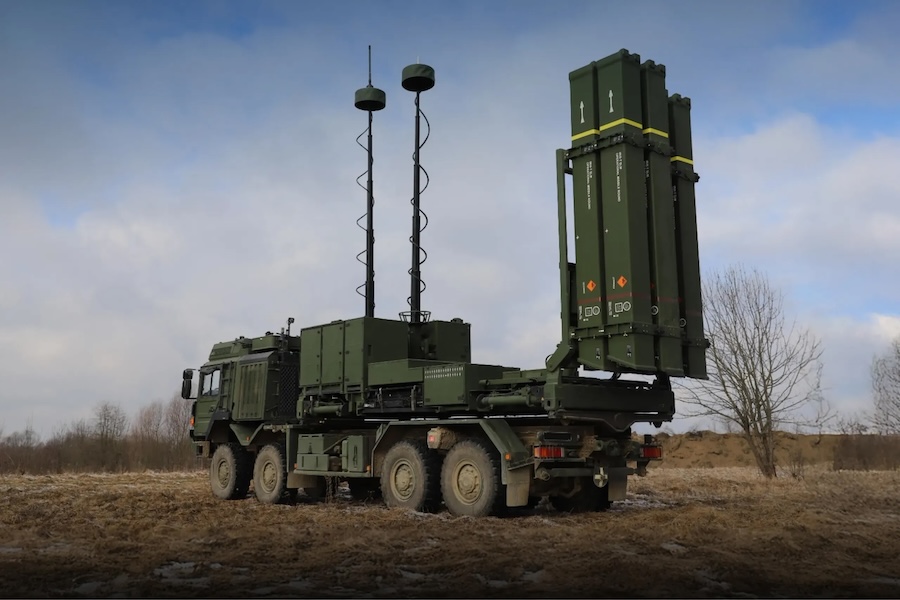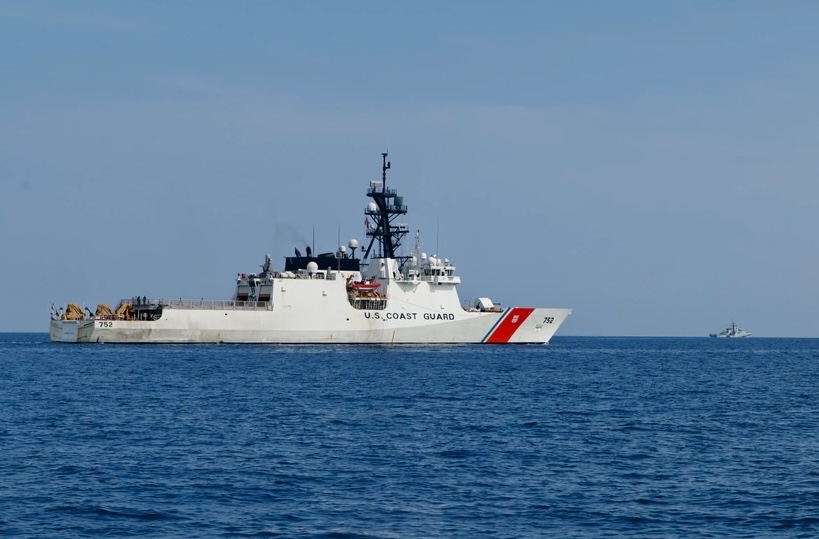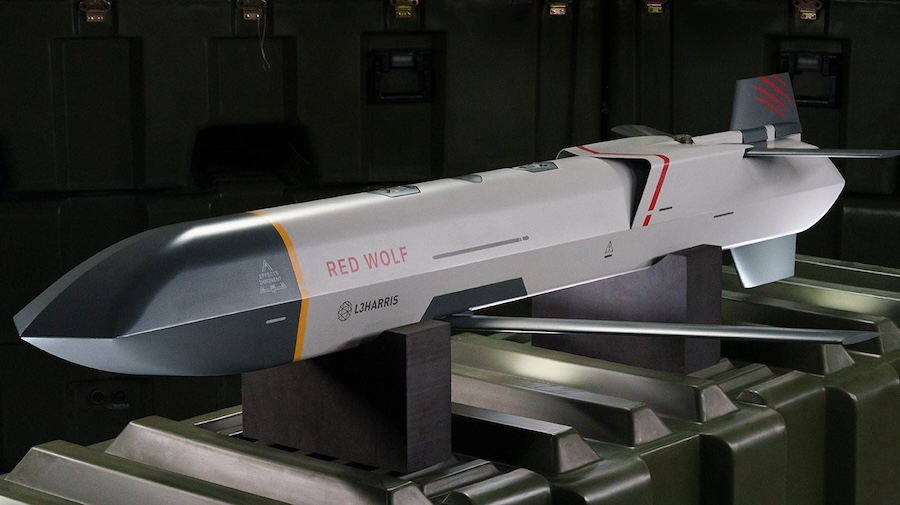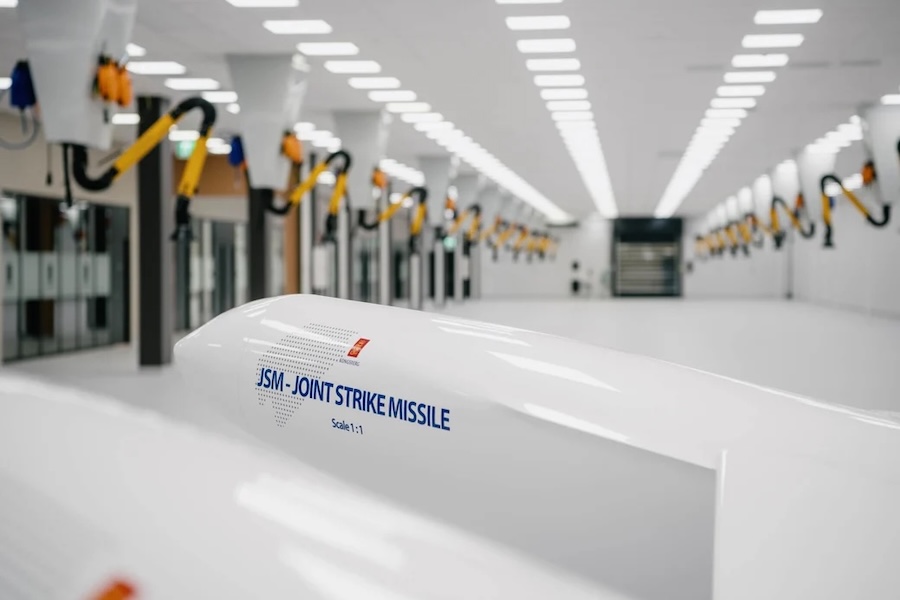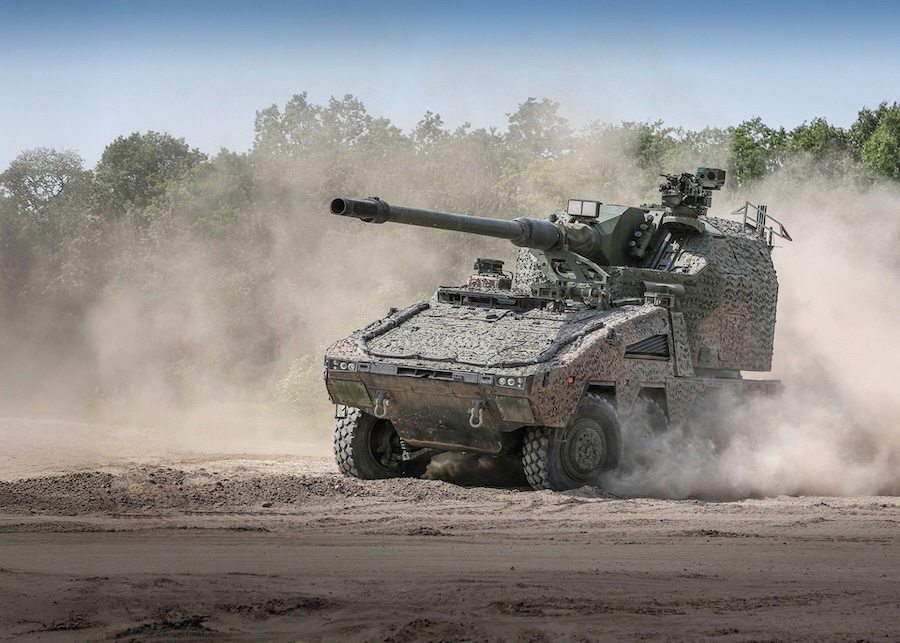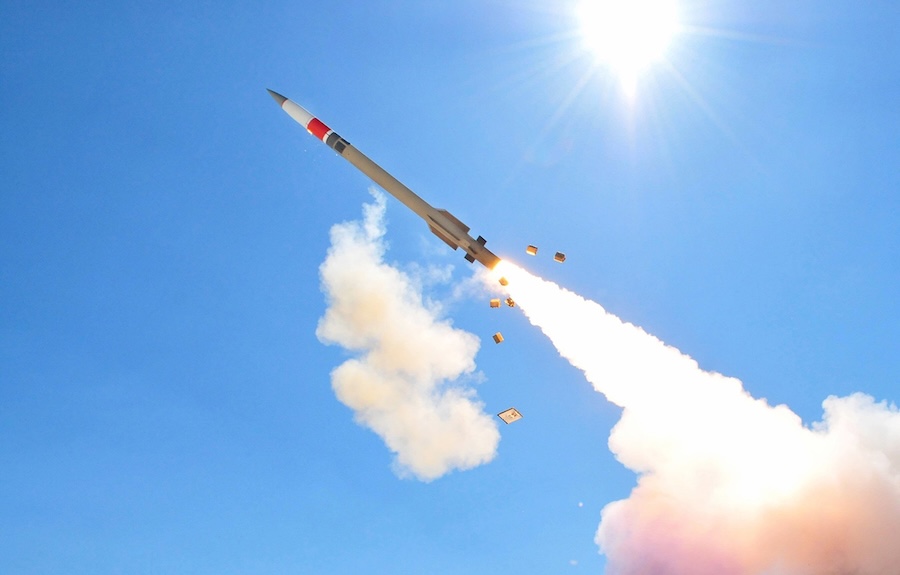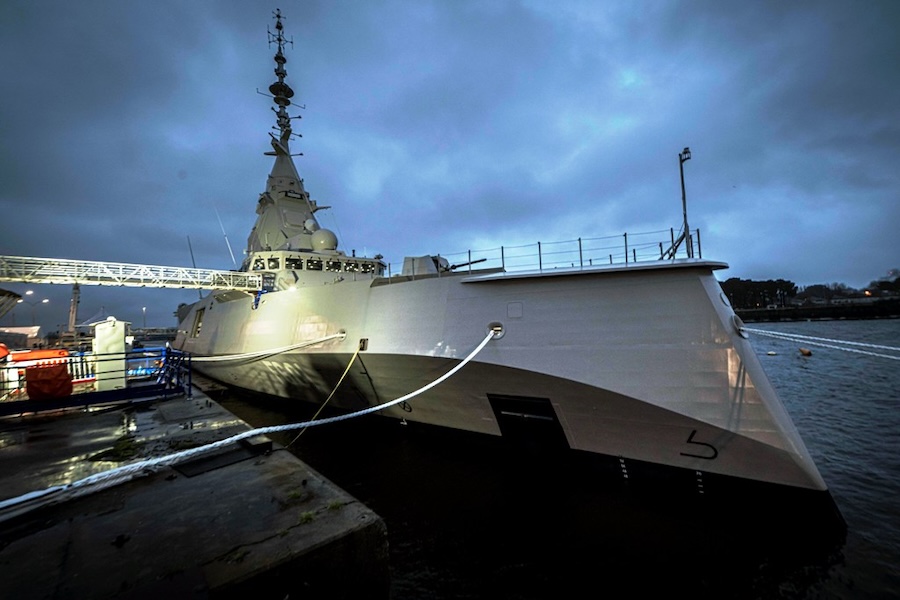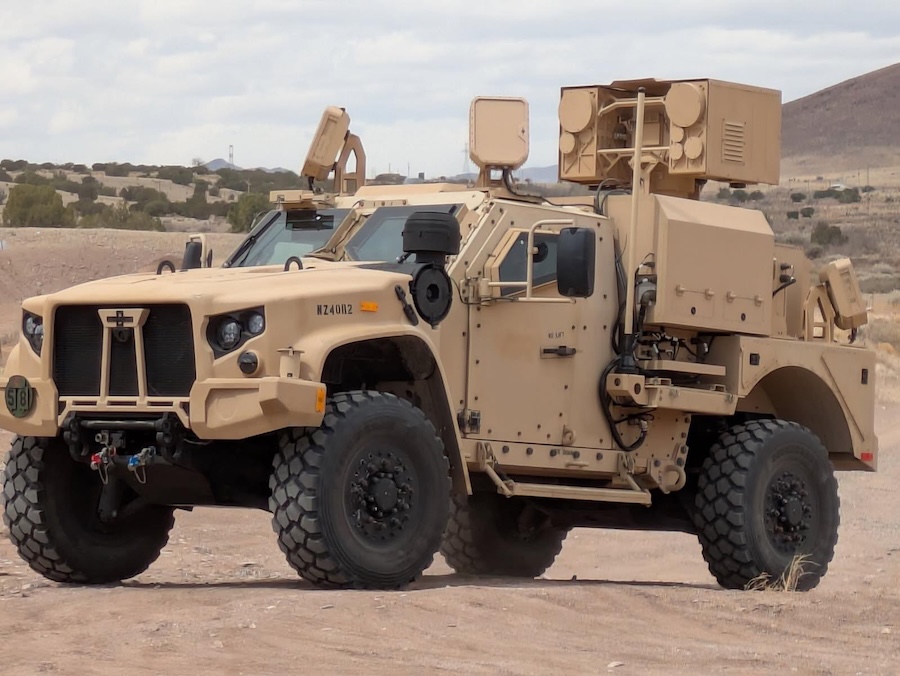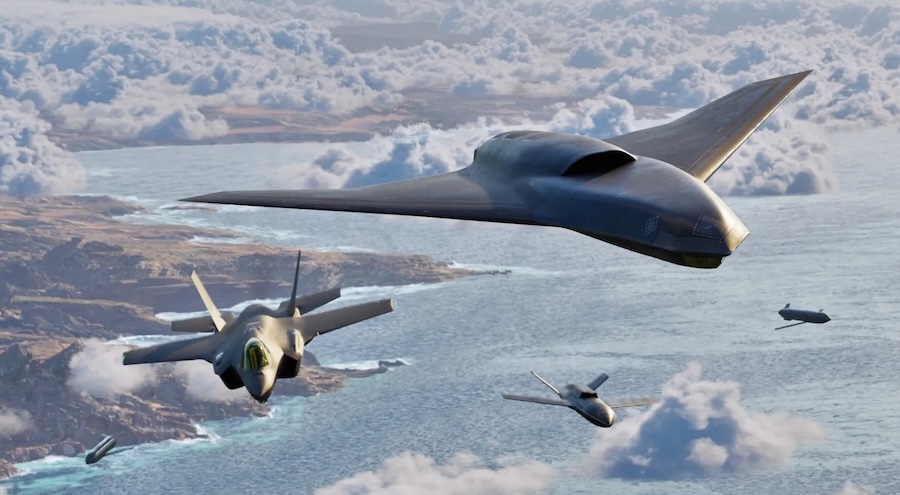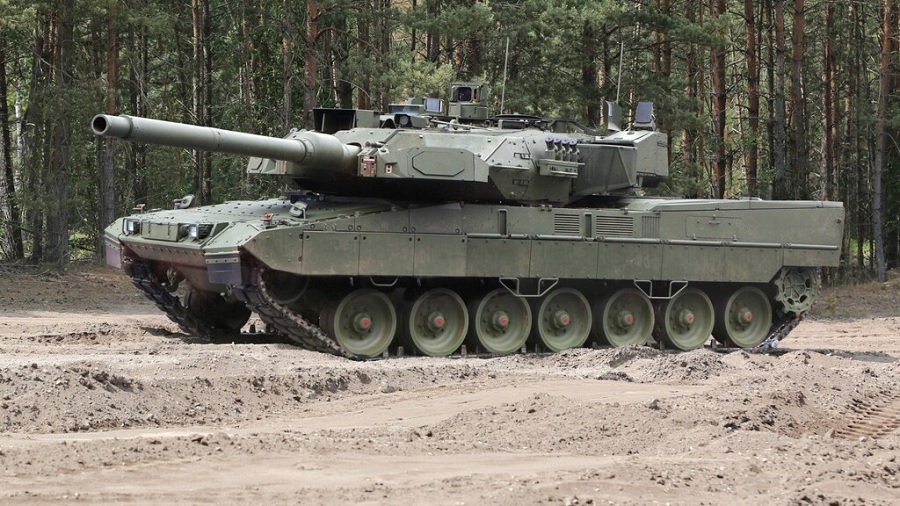According to the Naval Facilities Engineering Systems Command Pacific, “The work to be performed includes the construction of a defense system command center, a power generation facility, switchgear building, fuel storage, entry control facility and associated equipment.” Core Tech-HDCC-Kajima LLC, a subsidiary of the Core Tech conglomerate, has previously led military construction projects across the U.S. island territory.
The command centre will serve as the operational hub of the Guam Defense System, a multi-service initiative aimed at protecting the island’s population of 170,000 and key military installations from air and missile threats. Guam hosts strategic U.S. facilities such as Andersen Air Base and Naval Base Guam, which are within range of long-range weapons from China’s People’s Liberation Army.
The defence initiative began in 2023 and includes contributions from the Missile Defense Agency, Army, Navy and Air Force. The Congressional Research Service has outlined that the system will incorporate THAAD launchers, distributed Mk.41 vertical launching systems with SM-3 and SM-6 interceptors, as well as command and control from the Navy’s Aegis Combat System and the Army’s Integrated Battle Command System.
Rear Adm. Greg Huffman, commander of Joint Task Force-Micronesia, highlighted a successful Missile Defense Agency test conducted last year in which a medium-range ballistic missile was intercepted over Guam. “It confirmed our ability to detect, track and engage a target missile in flight, increasing our readiness to defend against evolving adversary threats. The event’s success is a testament to the incredible work of the team both within the DoD and the Government of Guam,” he said.
However, the development of the system’s primary sensor, the AN/TPY-6 radar, was halted in January. A Government Accountability Office report in May warned that the programme faces delays and planning issues due to a lack of strategic guidance.
Source: USNI News.




